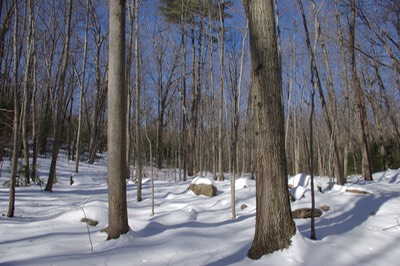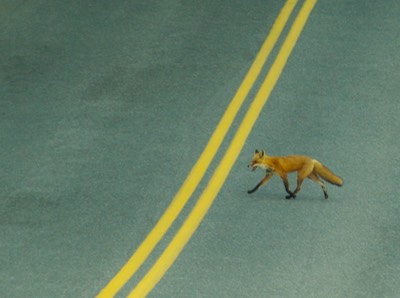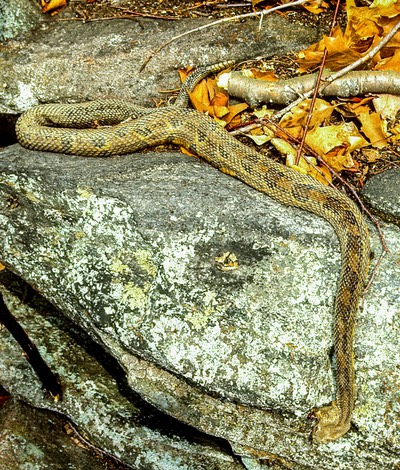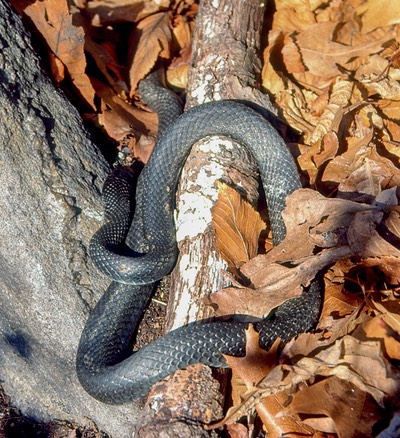
Snake den in mid winter.
SNAKES ARE JUST LIKE OTHER ANIMALS...
...They live in particular ecological communities and try to avoid predators, and successfully find food, locate mates, start life at birth or hatching, and, if all goes well, they may grown up, mate, and reproduce. On top of all this, snakes also need to get out of the way before winter arrives. The annual calendar of snakes is really no different from other animals, and they have fabulous adaptations to make it work for them.
Being ectotherms requires that snakes avoid winter temperatures. It is not clear that any species possess freeze-tolerance, though several snakes are commonly seen on the surface (even far from dens) after sub-freezing nights in late autumn and early spring. I have also found dead snakes at dens (timber rattlesnake and black racer) in near ‘natural’ postures, suggesting they succumbed from extraordinary frigid conditions the night before.
Most snakes undertake biannual migrations. The distance traveled and complexity may not rival Neotropical migrants, but snakes do have some homing ability and the awareness of where they are in order to navigate up to several miles (in some cases). Yet how they really perceive the local landscape to make their way around rock outcrops, fallen trees, burned landscapes, and new barriers to their travels (houses, roads, power lines, resource extraction activities, industrial wind development et al.) is not at all clear. How does a newborn snake learn its way around when it emerges for its first springtime?
Snakes may den in natural and human-made structures. The former include geologic formations (talus slopes, natural crevices on rocky ledges), and animal-made sites (beaver lodges, ant mounds and underground colonies). Snakes can successfully overwinter in house foundations (especially those made of stones), cellars, hand-dug wells, and may survive in window wells.
We know virtually nothing about what snakes do for almost half a year when they are in their winter dens. It’s always been assumed that snakes remain below the frost line, possibly in scattered groups or clusters. Implanted radio-transmitters can provide some data remotely. Here are the body temperatures (in C°) of five timber rattlesnakes at a winter den in Western Massachusetts:





